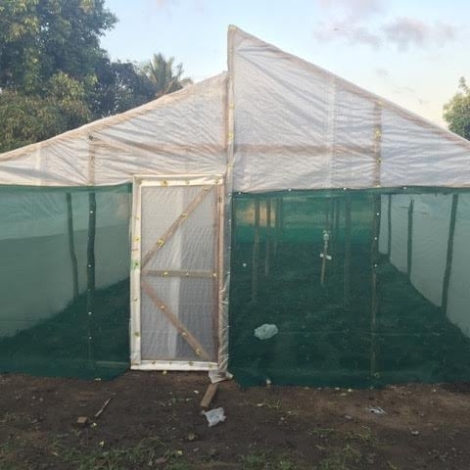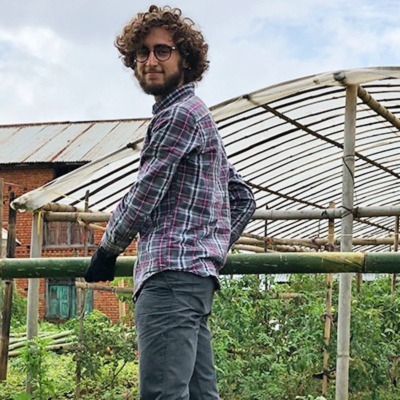I arrived in Mozambique with my orders laid out, create proper data collection systems, interface potential customers, and work with farmers to improve growing techniques. But as development engineering goes, you need to be ready to pivot at all times. When I got on the ground, a previous fellow left me with the best piece of advice I needed, “don’t be afraid to be as critical as necessary,” he told me. When working with farmers facing poverty, there’s no room for products and technology that are not meeting their most critical needs. Armed with knowledge from the Humanitarian Engineering and Social Entrepreneurship program at Penn State, as well as my background in agricultural engineering, which included horticultural, structural, and machinery classes, I felt properly equipped to take on the job.
The current design was used for colder climate conditions and focused on different problems than what farmers faced in Mozambique. A redesign was in order, and it was time to get back to the drawing board.
My first weeks were spent observing and finding the best ways to integrate my original plan. Within the first few visits I noticed that plants were benefiting from the protective structure of the greenhouse but were abnormally stressed. I obtained temperature sensors, had our carpenter build a greenhouse at my office and began testing. Within days I realized we had a temperature issue on our hands. The intense Mozambican sun was heating up the greenhouses too much and our materials were restricting proper ventilation. The current design was used for colder climate conditions and focused on different problems than what farmers faced in Mozambique. A redesign was in order, and it was time to get back to the drawing board.
A progression of designs
I began by narrowing down my solutions to meet the precise needs of our farmers in Mozambique. I knew I needed to keep the plastic glazing on the roof to shield plants from harsh UV rays and heavy rains, but decided to do away with it on all other sides to improve ventilation. The next benefit we needed to maintain was pest protection. The tradeoff with insect screening is the smaller the diameter, the more pests it can protect against, but the less ventilation it allows. By speaking to farmers and doing my due diligence in regards to pest research I settled on a more adequate material to use on the front, back, and sides that would increase airflow while still protecting from these pests.
The end result was a new design that kept the inside temperatures within 5°F (2.8° C) of the outside temperature.
I began modifying the current greenhouse design while concurrently designing a larger structure at the request of many of our farmers. I spent time researching commercial greenhouse designs for tropical areas and doing a market assessment of the local materials available. By working directly with our carpenter, we settled on a design that was within his capabilities and worked with the wood lengths available in the market. I added a vent on the roof that ran the length of the greenhouse and allowed more heat to escape while still keeping the proposed benefits. The end result was a new design that kept the inside temperatures within 5°F (2.8° C) of the outside temperature compared to the previous design that reached a maximum of 15° F (8.3° C) hotter than the outside temperature at the peak of the day.
My five months in Mozambique are over, but the project continues. GRO Greenhouses’s employees on the ground are working hard to scale up further and diversify the products we offer. The next step is moving towards an all-inclusive package that allows farmers to hit the ground running with improved seeds, seedlings trays, and affordable growing substrate.


congrats on the successful greenhouse redesign; The Penn State hese program and your ag engineering degree are powerful tools. Keep up the good work; khanjan metha will be proud!
very good article, do you have the tech drawings with all the dimensions? would like to try it out in Uganda.